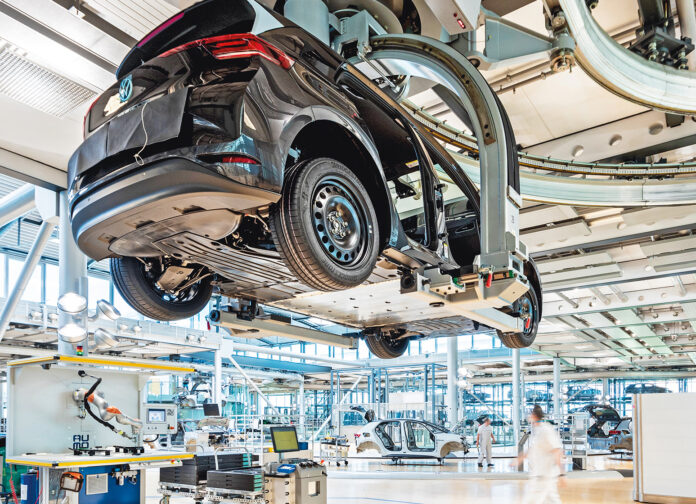“As pretty much everyone who has dared to peek from beneath the covers understands, climate change is a clear and present danger. And one of the few bright spots for those following the race to save the planet from climate disaster is the promise of rapid electrification — in particular, the electrification of transportation using renewable sources of energy. …
Accordingly, many countries have set ambitious targets for electric vehicle adoption. Germany, for example, aims to have six million electric vehicles on the road by 2030. Others have pledged to phase out the sale of internal combustion engine (ICE) vehicles entirely — among them, France and the UK (by 2040), China (2035), India (2030), Norway (2025) and, closer to home, the state of California (2035).
The commitment of these governments to speed this transition is reflected in a host of initiatives to encourage consumers to “go electric” — and, less frequently, to discourage consumers from purchasing ICE vehicles. As one example (on the carrot side of the equation), President Biden’s American Jobs Plan envisioned an investment of nearly $175 billion dollars to speed the adoption of electric vehicles through a combination of consumer subsidies, grants to build charging stations, incentives for automakers and government EV purchases.
If you’ve been keeping up on green news, all this is probably familiar. But what follows may not be: there has been little careful analysis of the long-term consequences of these plans — in particular, whether current policies to electrify surface transportation at warp speed will get us where we need to go in a cost-effective manner, and whether the haste will close off alternative scenarios for climate change mitigation.” (Rapson & Muehlegger, 2022)
I thought it was interesting how this article discussed what the timeline looks like for EV prices becoming truly comparable to ICE vehicles not in terms of just ticket price but when it comes to range mileage as well. While this article does delve into the other incentives that bring in weary buyers, it’s an interesting concept to think about as the market attempts to shift its focus to EVs – especially since these incentives are heavily location-based. For example, the cost of energy varies widely from place to place (much like gas prices). Despite these variations, EVs are less expensive to drive almost unanimously as well as cheaper to maintain short-term.
What really raises a lot of questions about the future of EVs is the network of charging stations that they rely on. As this article explains, there are a lot of questions over where the funding from these projects come from. For Tesla, they have a personal incentive to install fast-charging systems at rest stops across the country – but can access extend to other vehicles? This then raises issues of adaptability for charging systems, much as we have with our phones when they get an upgrade. This adaptability is important to consider when evaluating the future of government-sponsored charging.
While EVs certainly have a place in the modern automobile market, this article ultimately comes to the conclusion that there’s a lack of sufficient use and time to fully understand their economic impact on private companies and governments alike.
References
Rapson, D., & Muehlegger, E. (2022) The Not-So-Certain Economics of Electric Vehicles. Milken Institute Review. https://www.milkenreview.org/articles/the-not-so-certain-economics-of-electric-vehicles




